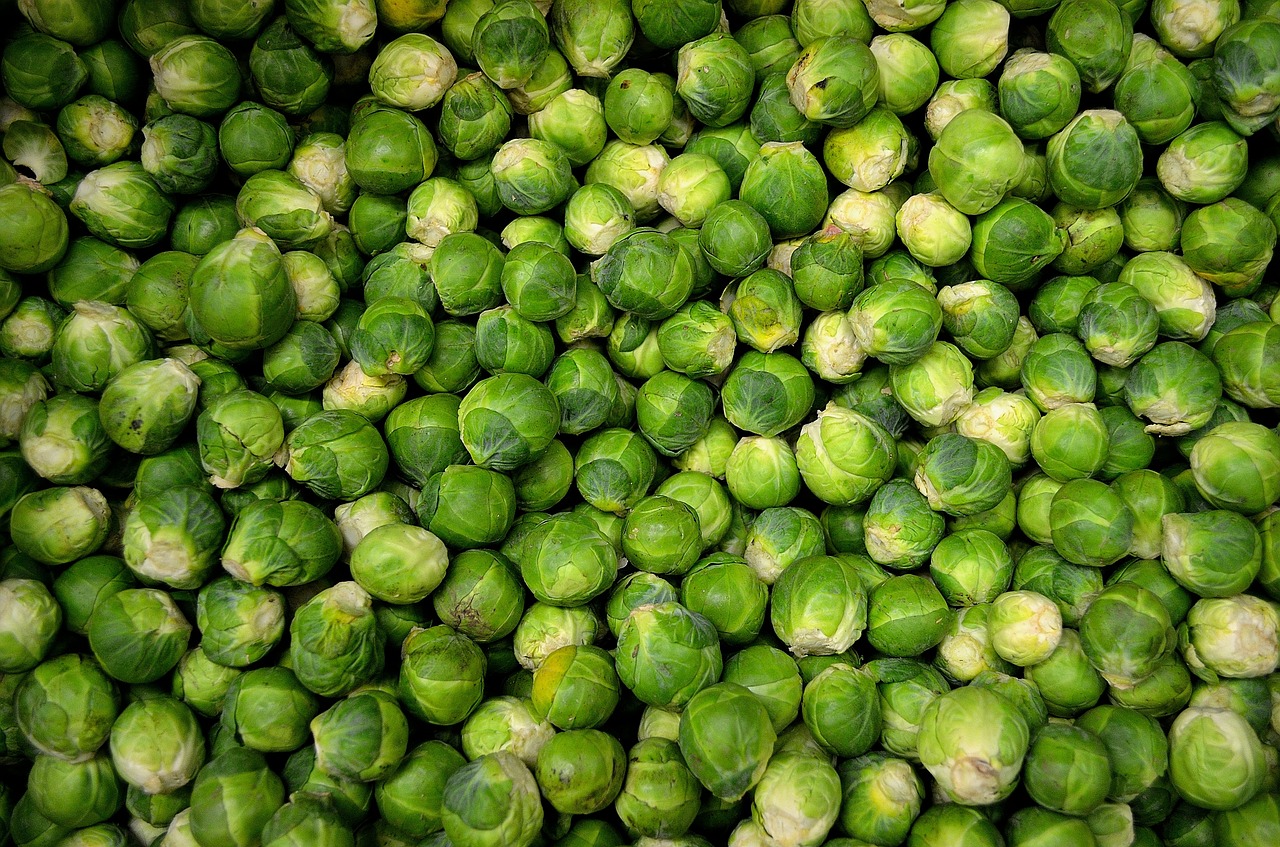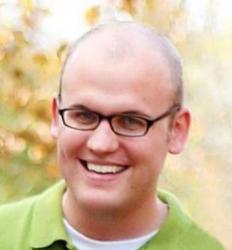For many, Brussels sprouts are symbolic of not-so-popular childhood cuisine, remembered mostly for their bitter taste and ominous odor. More recently, however, they’ve had a revival of sorts, becoming a treasured item in the kitchens of professional restaurateurs and home chefs alike.
While the renaissance may at first seem like a passing fad driven by the whims of modern palettes, it began in the 1990s with the innovative efforts of a Dutch scientist. Marked by decades of incremental improvements and cross-industry cooperation, it is a tale that offers plenty of lessons for how we think about the meaning of work and markets in the modern age.
Dan Charles tells the full story in an episode of NPR’s All Things Considered, starting in the Netherlands. Scientist Hans van Doorn, an employee of Novartis (now Syngenta), sought to identify and remove the chemical compounds that made Brussels sprouts notoriously bitter:
At that point, the small handful of companies that sell Brussels sprouts seeds started searching their archives, looking for old varieties that happen to have low levels of the bitter chemicals. One of the companies, also based in the Netherlands, is Bejo Zaden. “We have a whole gene bank here in our cellars, with all the possible Brussels sprouts varieties that were available from the past,” says Cees Sintenie, a plant breeder at Bejo Zaden.
There are hundreds of these old varieties. The companies grew them in test plots, and they did, in fact, find some that weren’t as bitter. They cross-pollinated these old varieties with modern, high-yielding ones, trying to combine the best traits of old and new spruitjes [Brussels sprouts]. It took many years. But it worked. “From then on, the taste was much better. It really improved,” Sintenie says. From there, the vegetable’s future was mostly in the hands of the “professional culinary scene,” which began to experiment with ways to prepare the new variety.
For Shannon Troncoso, owner of Brookland’s Finest Bar & Kitchen, her “a-ha moment” came roughly 10 years ago, when celebrity chef David Chang “was doing amazing things with Brussels sprouts and bacon at his restaurant Momofuku, in New York.” She would eventually add them to her own menu, adding her own spin by deep frying the leaves and tossing them with lemon and salt.
Through a years-long discovery process – a spontaneous sharing of information of cooking techniques, food pairings, flavor profiles, and more – Brussels sprouts finally gained a reputable status among other so-called “frankenfoods.”
According Steve Bontadelli, a longtime farmer of the crop, the agricultural community has seen a noticeable shift in demand:
“Lo and behold, all of a sudden we’re on cooking shows!” [Bontadelli] says. Demand is booming; farmers are getting four or five times more money than they did a decade ago for their crop.
“My dad, his jaw would just drop,” Bontadelli says. “He’d ask me every day, ‘What’s the price, what’s the price?’ Because he’d been in the business his whole life. His eyes would just pop out when I’d tell him. He couldn’t believe it.”
Bontadelli says that there were only about 2,500 acres in the whole country planted with Brussels sprouts just a few years ago. Today, there are 10,000 acres of Brussels sprouts in the U.S., and fields are getting planted in Mexico, too – just so people can get their Brussels sprouts year-round.
From farmers and plant breeders, to food distributors and chefs, to consumers the story clearly illuminates the intersection of human ingenuity, human cooperation, and creative service.
But while the “tangibility” of Brussels sprouts helps to simplify that reality, this sort of transformation is not confined to tangible seeds planted in the physical dirt. Much of modern work now takes place in the realm of the “intangible,” where we develop and deliver products and services that feel obscure, abstract, and disconnected from the created order.
Yet even in our technological, data-saturated world, all of our economic activity is still an act of creative cooperation, both with nature and with each other. Whether we work for a social media giant or a sawmill, a blockchain bank or a barbershop, we are using our God-given intellect and creativity to transform a mix of matter and information into something for the use of our neighbors.
This fundamental calling is explored in Episode 3 of Acton’s film series, The Good Society:
Humans are created as co-creators with God to complete creation, to steward it, to cooperate with it, and improve it through the use of our reason. Farmers will tell you that wild trees and wild vines do not produce good fruit. Nature must be cultivated.
We also cooperate with nature by using our intellect and creativity to transform matter into usable things: iron and carbon into steel to build machines, petroleum into gasoline and plastic, silicon for cement and computer chips, and trees for lumber to build houses and barns.
Stories like those of the Brussels sprout remind us of how our simplest innovations and most mundane interactions can manifest in surprisingly transformative ways. What might begin as a simple idea to improve a small seed can easily go on to spur new ideas and industries in ways still unseen.
Despite the many distractions that surround us, we should be careful that we neither forget nor neglect our roles as cultivators of creation and collaborators among our neighbors. Though we continue to plow and tread in increasingly unfamiliar fields, the modern market economy presents an abundance of channels to cooperate with our neighbors and transform creation for the glory of God.

